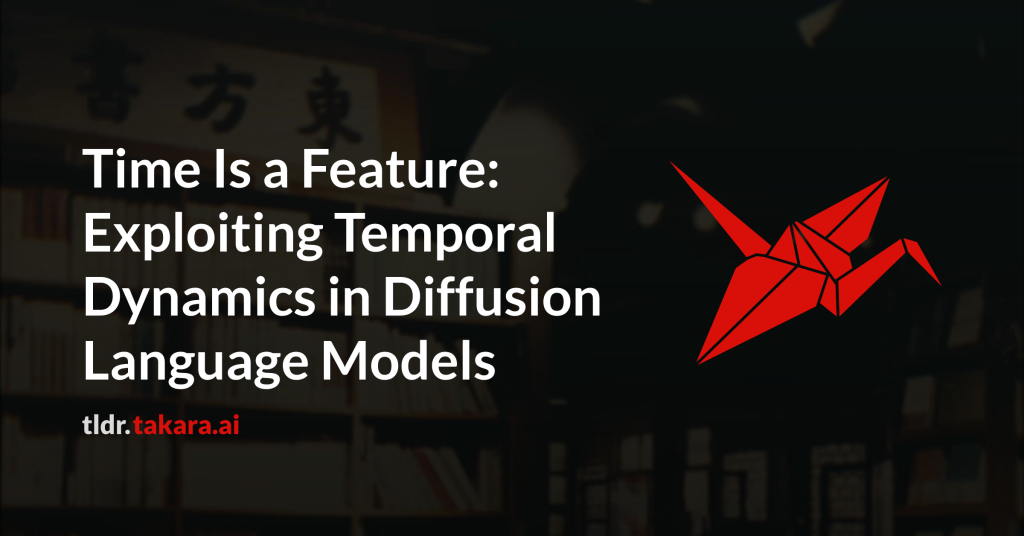Diffusion large language models (dLLMs) generate text through iterative
denoising, yet current decoding strategies discard rich intermediate
predictions in favor of the final output. Our work here reveals a critical
phenomenon, temporal oscillation, where correct answers often emerge in the
middle process, but are overwritten in later denoising steps. To address this
issue, we introduce two complementary methods that exploit temporal
consistency: 1) Temporal Self-Consistency Voting, a training-free, test-time
decoding strategy that aggregates predictions across denoising steps to select
the most consistent output; and 2) a post-training method termed Temporal
Consistency Reinforcement, which uses Temporal Semantic Entropy (TSE), a
measure of semantic stability across intermediate predictions, as a reward
signal to encourage stable generations. Empirical results across multiple
benchmarks demonstrate the effectiveness of our approach. Using the negative
TSE reward alone, we observe a remarkable average improvement of 24.7% on the
Countdown dataset over an existing dLLM. Combined with the accuracy reward, we
achieve absolute gains of 2.0% on GSM8K, 4.3% on MATH500, 6.6% on SVAMP, and
25.3% on Countdown, respectively. Our findings underscore the untapped
potential of temporal dynamics in dLLMs and offer two simple yet effective
tools to harness them.

